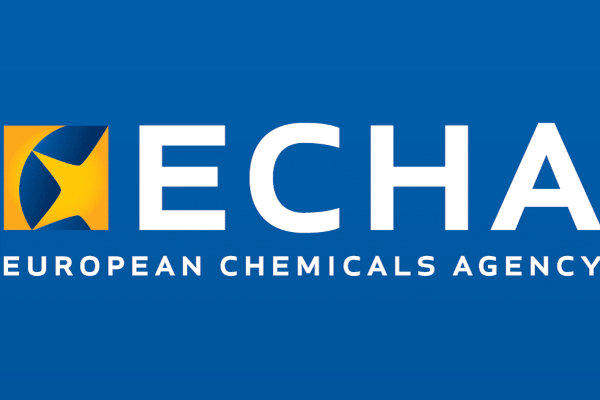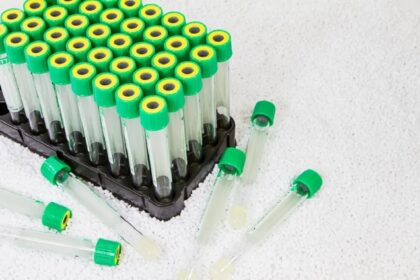The European Chemicals Agency (ECHA) has added three new substances to its Candidate List of Substances of Very High Concern (SVHC), pushing the total number of entries to 250. These additions reinforce the European Union’s continued commitment to tightening regulations around chemicals harmful to human health and the environment.
The newly added chemicals are known for their hazardous properties, including persistence, bioaccumulation, and reproductive toxicity. Their inclusion means companies using or distributing them must now comply with stricter disclosure and notification obligations under the EU’s REACH regulation.
Two of the newly added substances — 1,1,1,3,5,5,5-heptamethyl-3-[(trimethylsilyl)oxy]trisiloxane and decamethyltetrasiloxane — have been classified as very persistent and very bioaccumulative (vPvB). These chemicals are commonly found in cosmetics, personal care products, lubricants, and automotive care products.
The third substance, Reactive Brown 51, is used in textile treatment products and dyes and has been added due to its classification as toxic for reproduction.
Regulatory Impact
Inclusion on the Candidate List triggers a range of obligations for companies operating in the EU and EEA:
Mandatory notification to ECHA if articles contain the substance above 0.1% weight by weight.
Provision of safety information to downstream users and consumers.
Updating of safety data sheets for affected products and mixtures.
Reporting to ECHA’s SCIP database under the Waste Framework Directive.
Furthermore, products containing SVHCs are not eligible for the EU Ecolabel, potentially impacting brand certifications and consumer trust for affected goods.
These substances may be placed on the Authorisation List in the future. If so, companies would need to seek explicit authorisation from the European Commission to continue using them in the EU market.
ECHA reminded companies of their legal responsibilities, particularly importers and producers of articles, who must submit notifications within six months of the inclusion date.
The Candidate List includes both individual substances and substance groups, so the actual number of regulated chemicals is higher than the 250 entries suggest.
The addition of dyes and siloxanes to the list could have implications for several sectors, particularly textile and fashion, cosmetics, and automotive care, where these chemicals are widely used. Companies are advised to review their supply chains, ensure regulatory compliance, and prepare for potential authorisation requirements that could affect material availability and product formulations.
For more information and the official ECHA release, visit: echa.europa.eu






